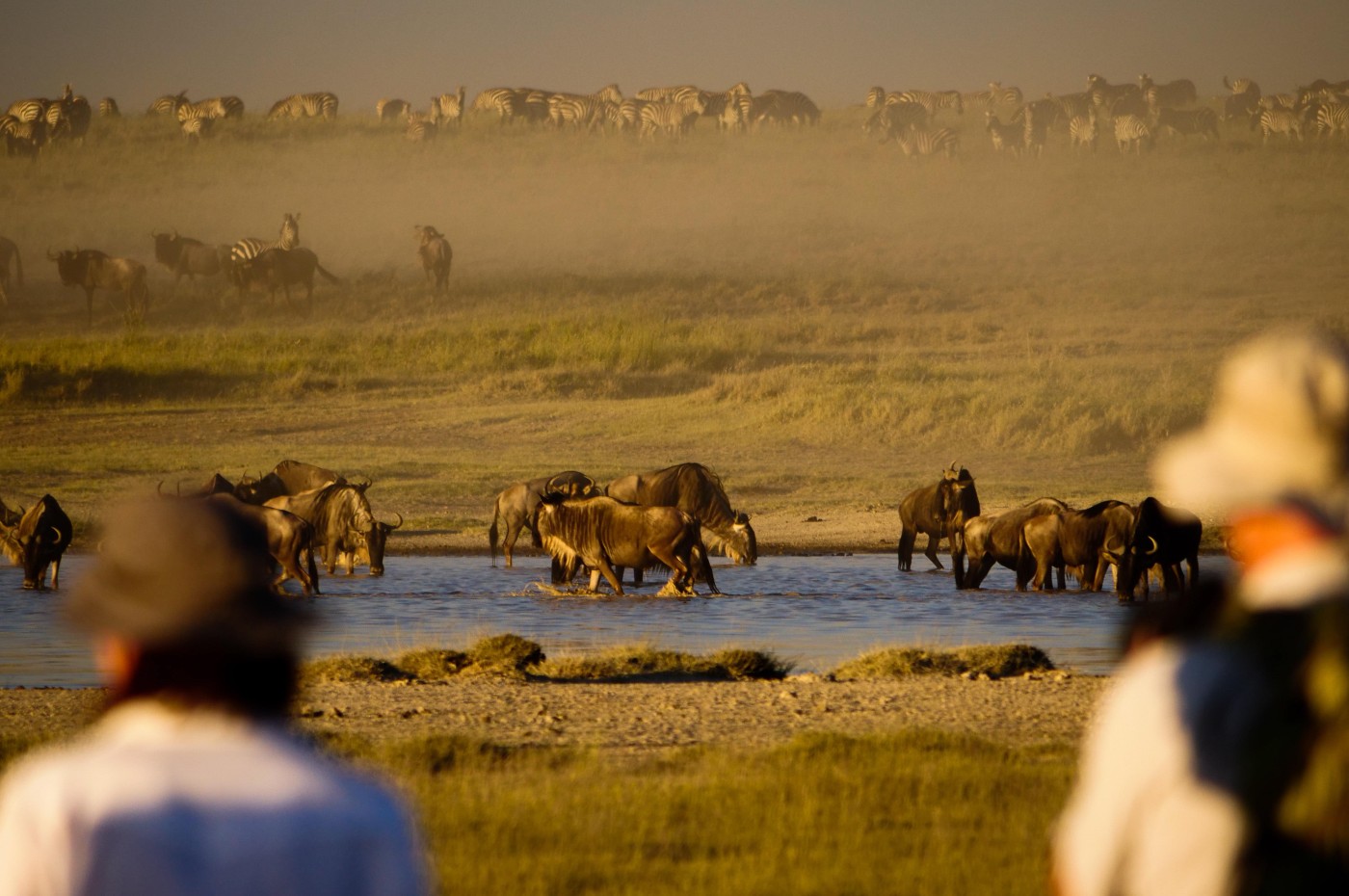
Wayo Walking Safari Camp, Serengeti, Tanzania
The Serengeti - Everything you need to know
The Serengeti, also known as Seringit in Ki-Ma, the language of the Maasai tribe, means endless plains and was established in 1951. The boundaries were drawn by the father and son research team, Bernard and Michael Gzimeck, who studied the movement of the wildebeest migration in the area. Today, the park spans close to 15,000 square kilometers and is home to over 2.2 million wildebeest and nearly 600,000 zebras. These animals make up the majority of the annual migration and largely determine the nature of your Serengeti experience.
The Serengeti is vast and experiences different weather patterns within its boundaries. The herds follow the rain, and the rainfall determines the type of package you should choose and the areas you will visit.

Wayo Serengeti Green Camp, Tanzania
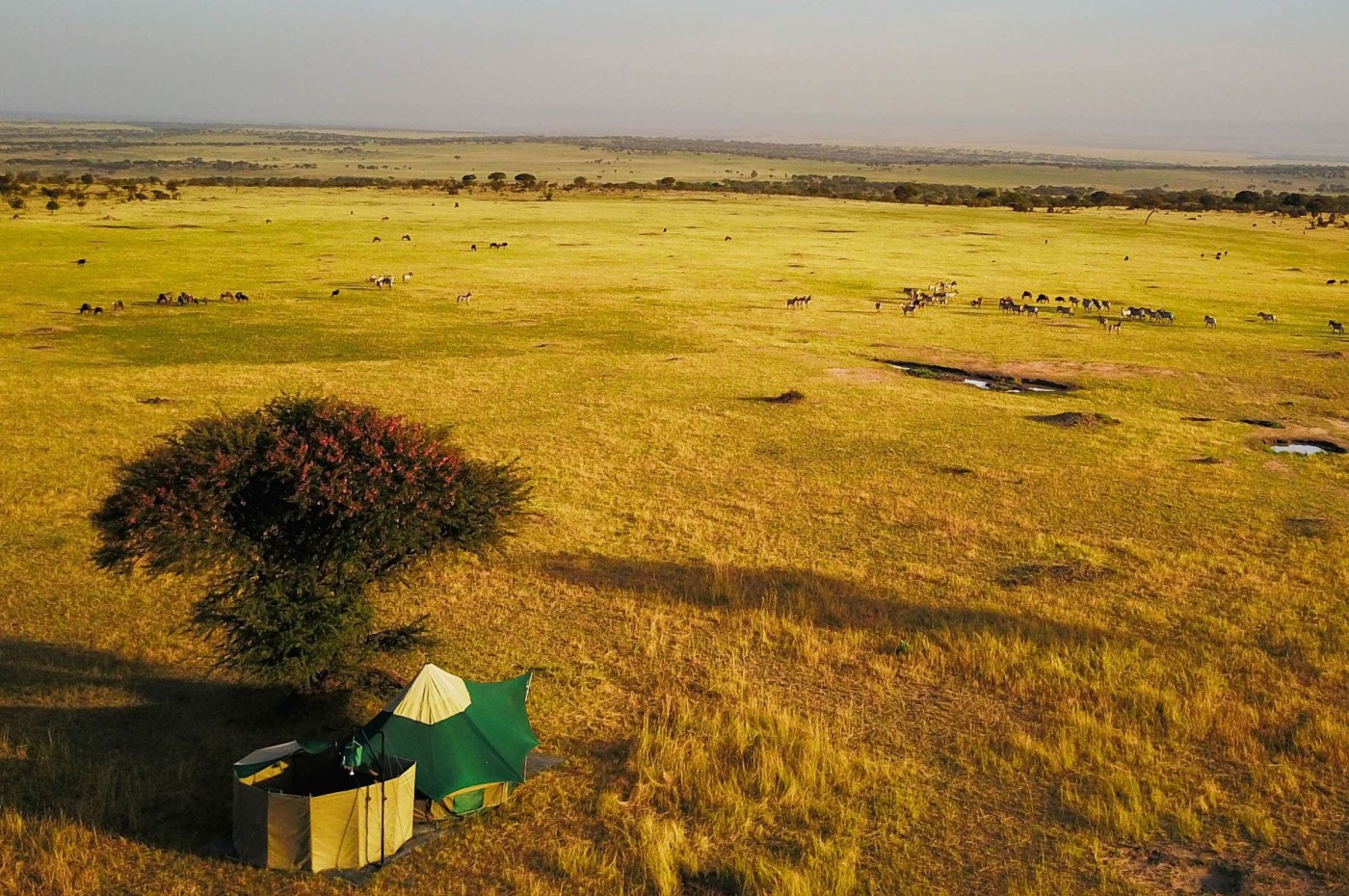
Wayo Serengeti Green Camp, Tanzania
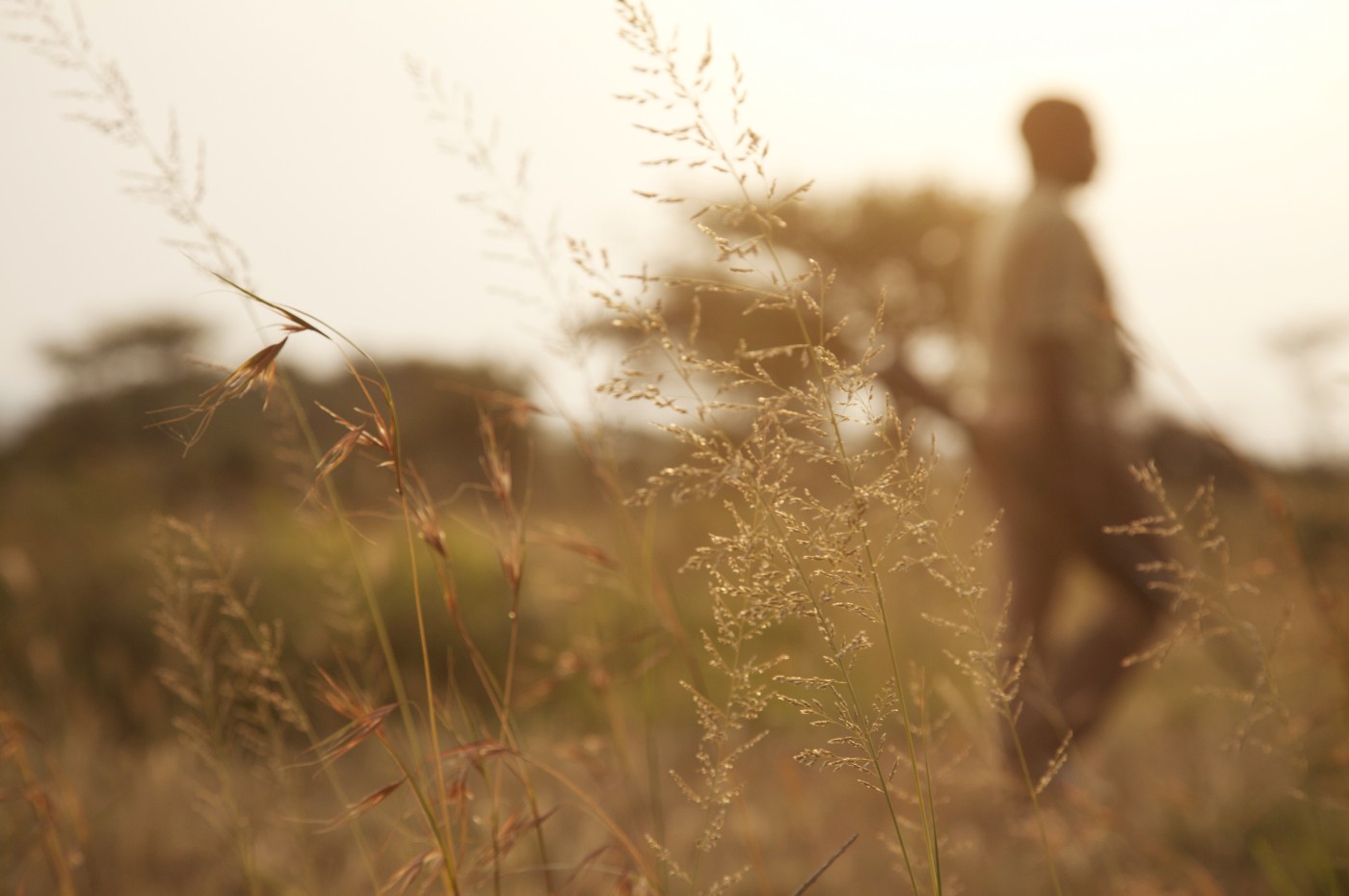
Wayo Walking Safari Camp, Serengeti
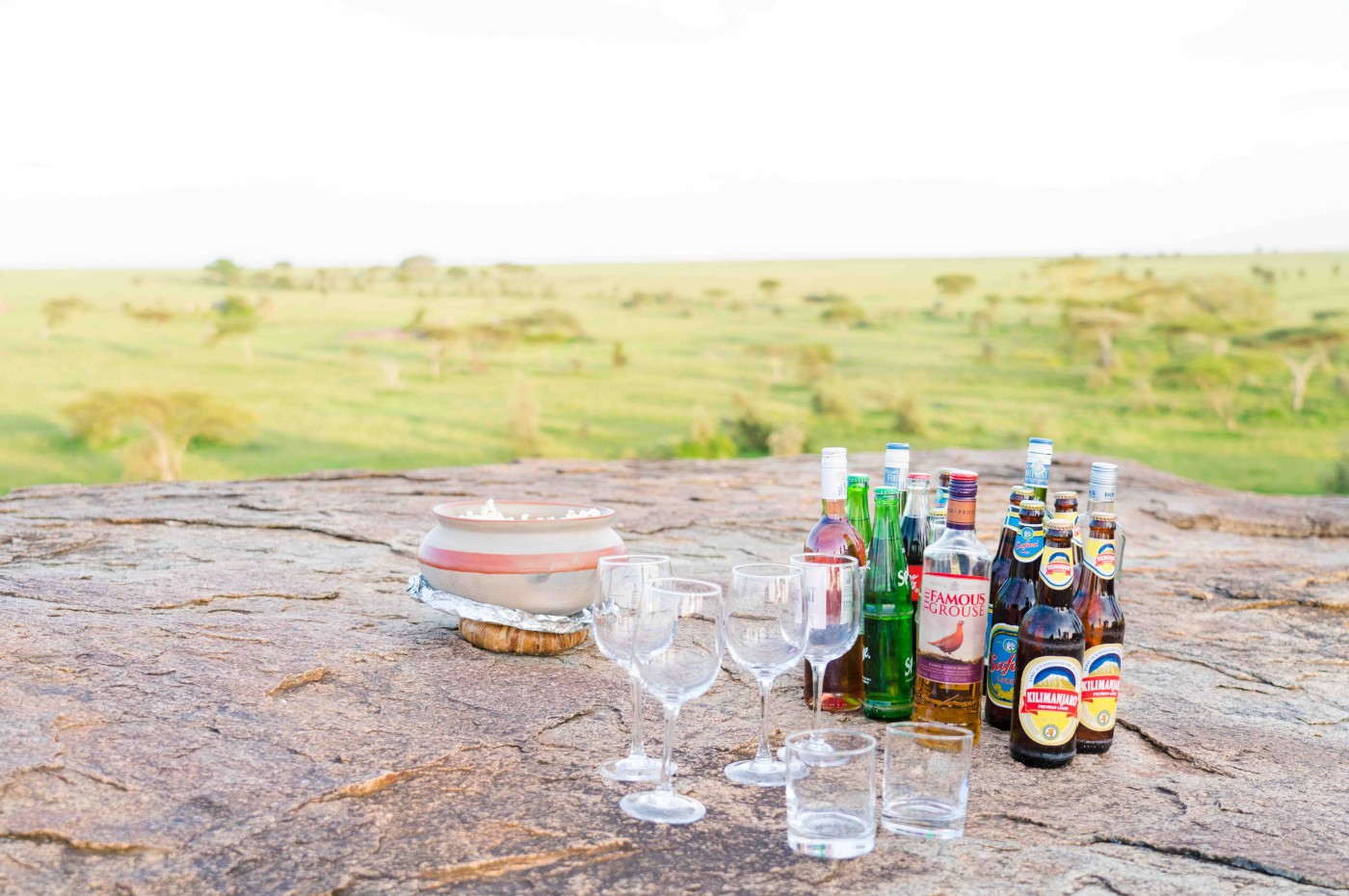
Wayo Walking Safari Camp, Serengeti
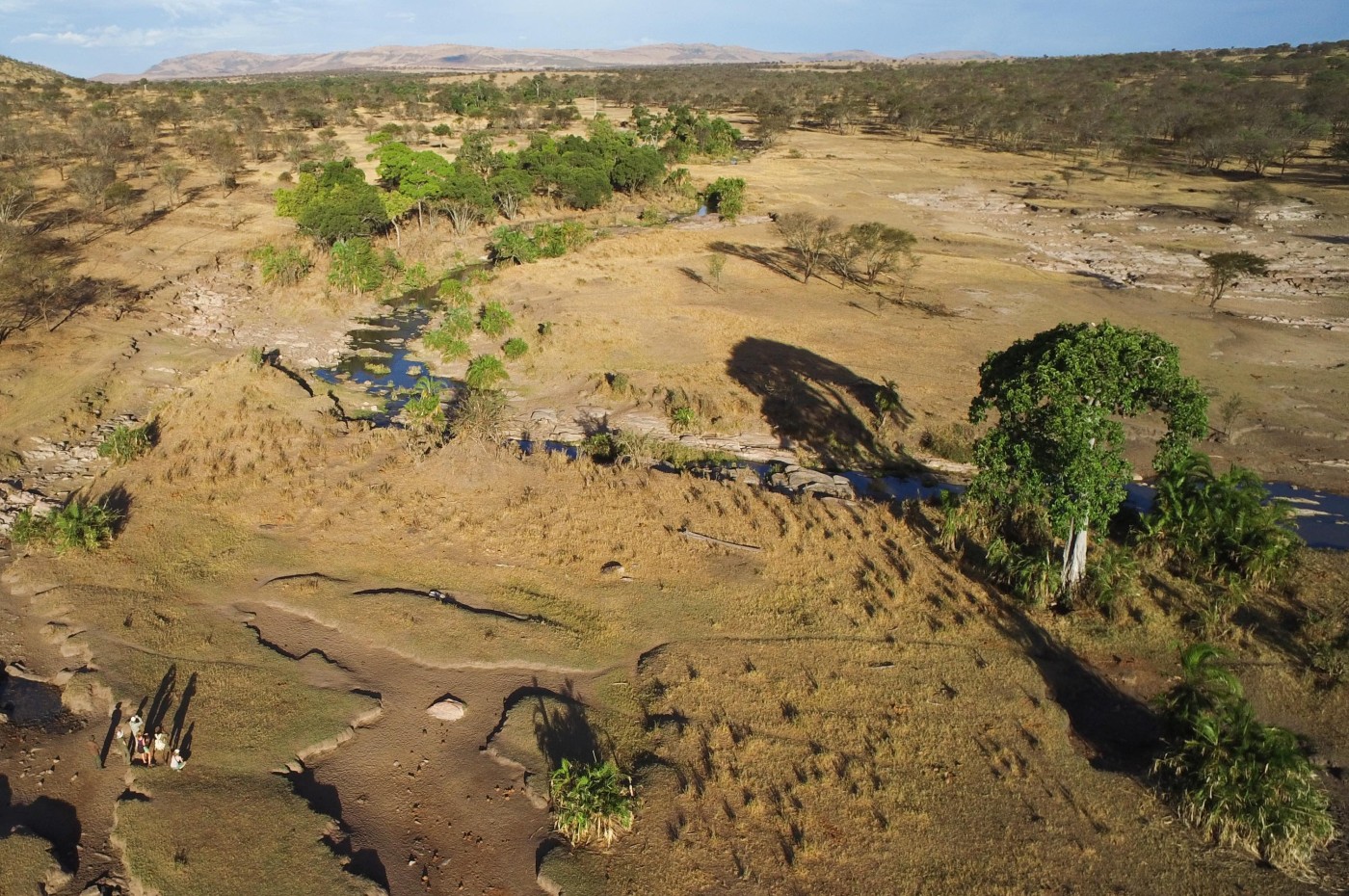
Wayo Walking Safari Camp, Serengeti
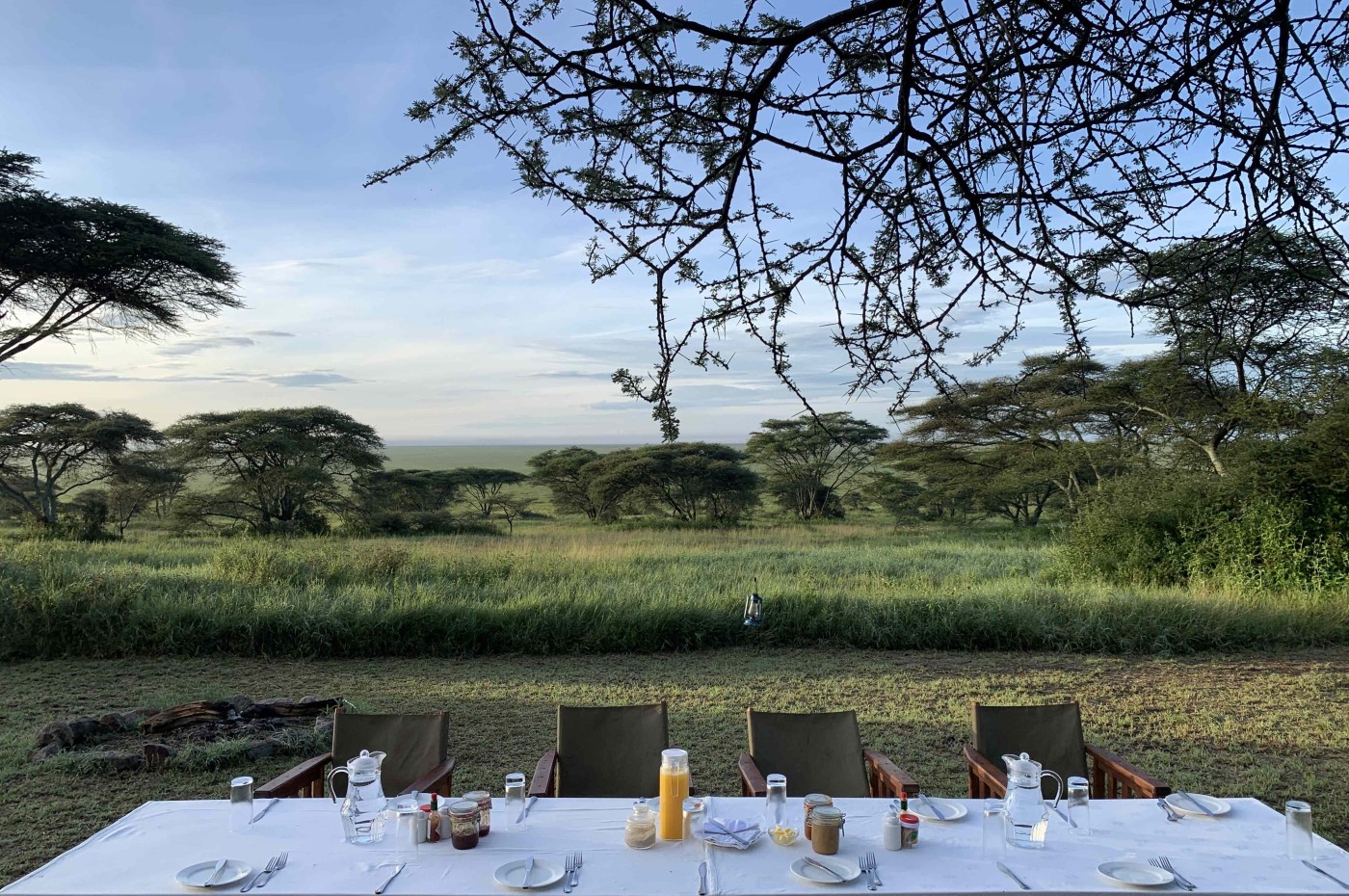
Wayo Serengeti Green Camp, Tanzania
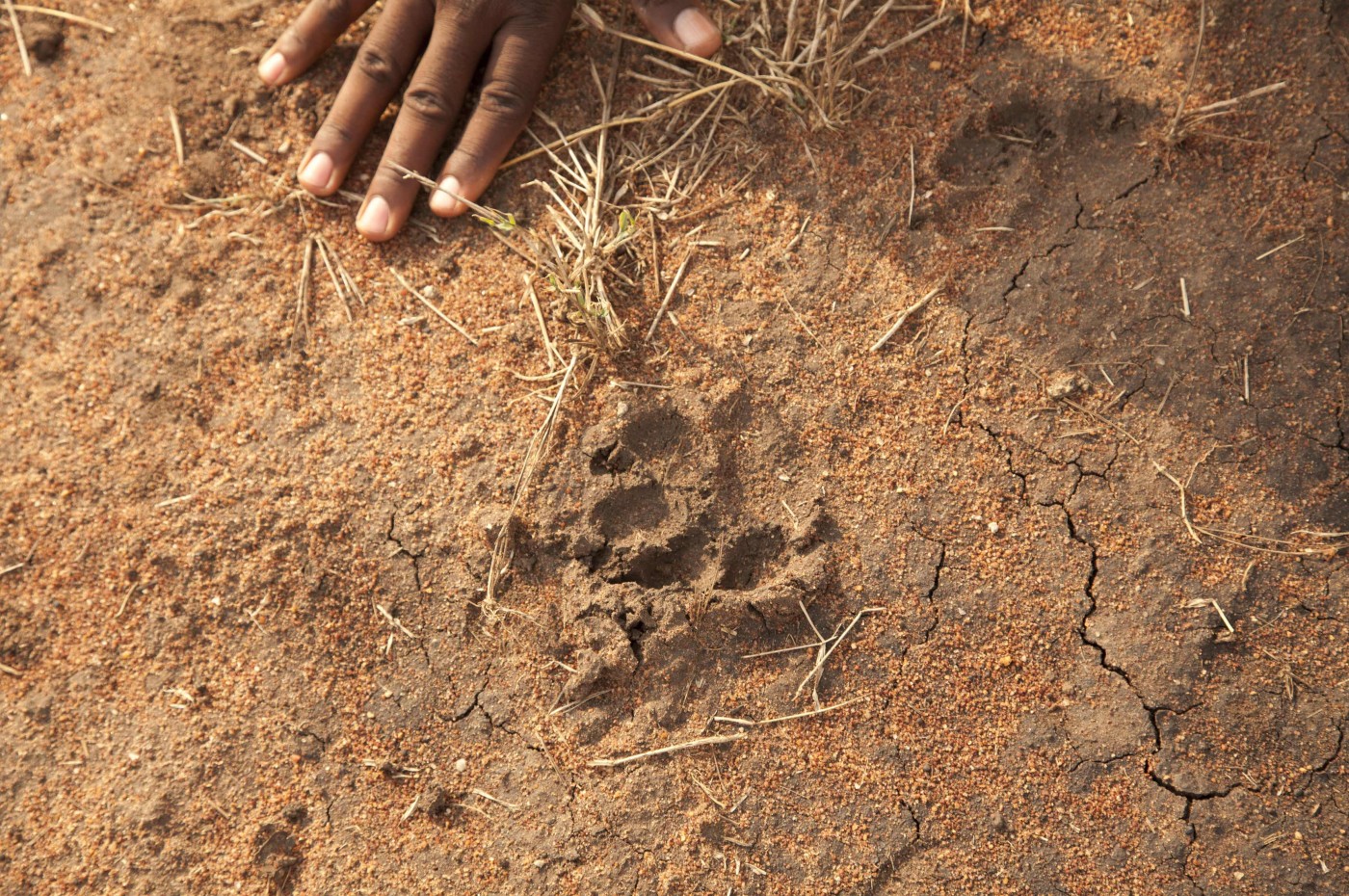
Wayo Walking Safari Camp, Serengeti
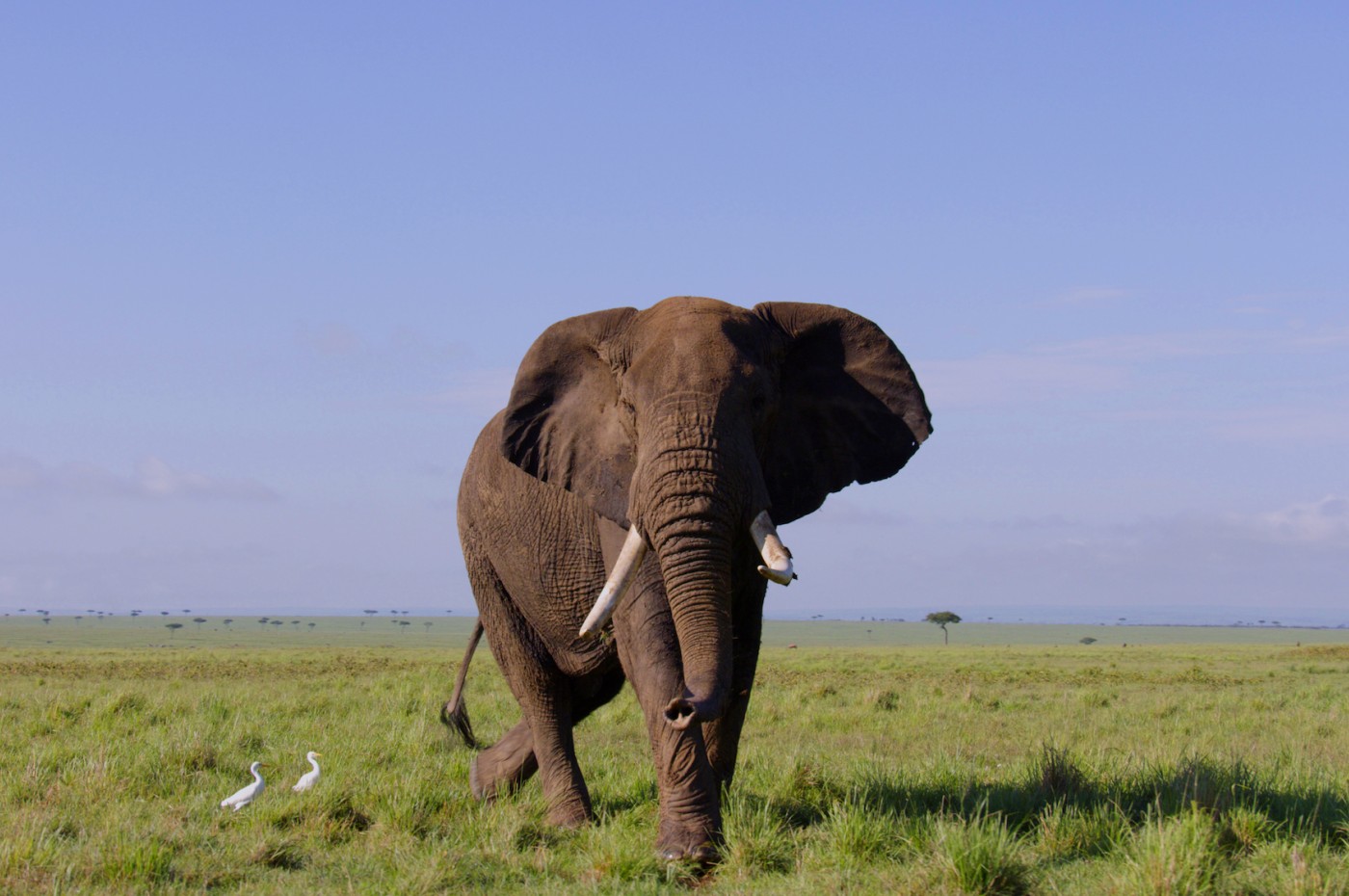
Serengeti Imax, Tanzania

Wayo Serengeti Green Camp, Tanzania
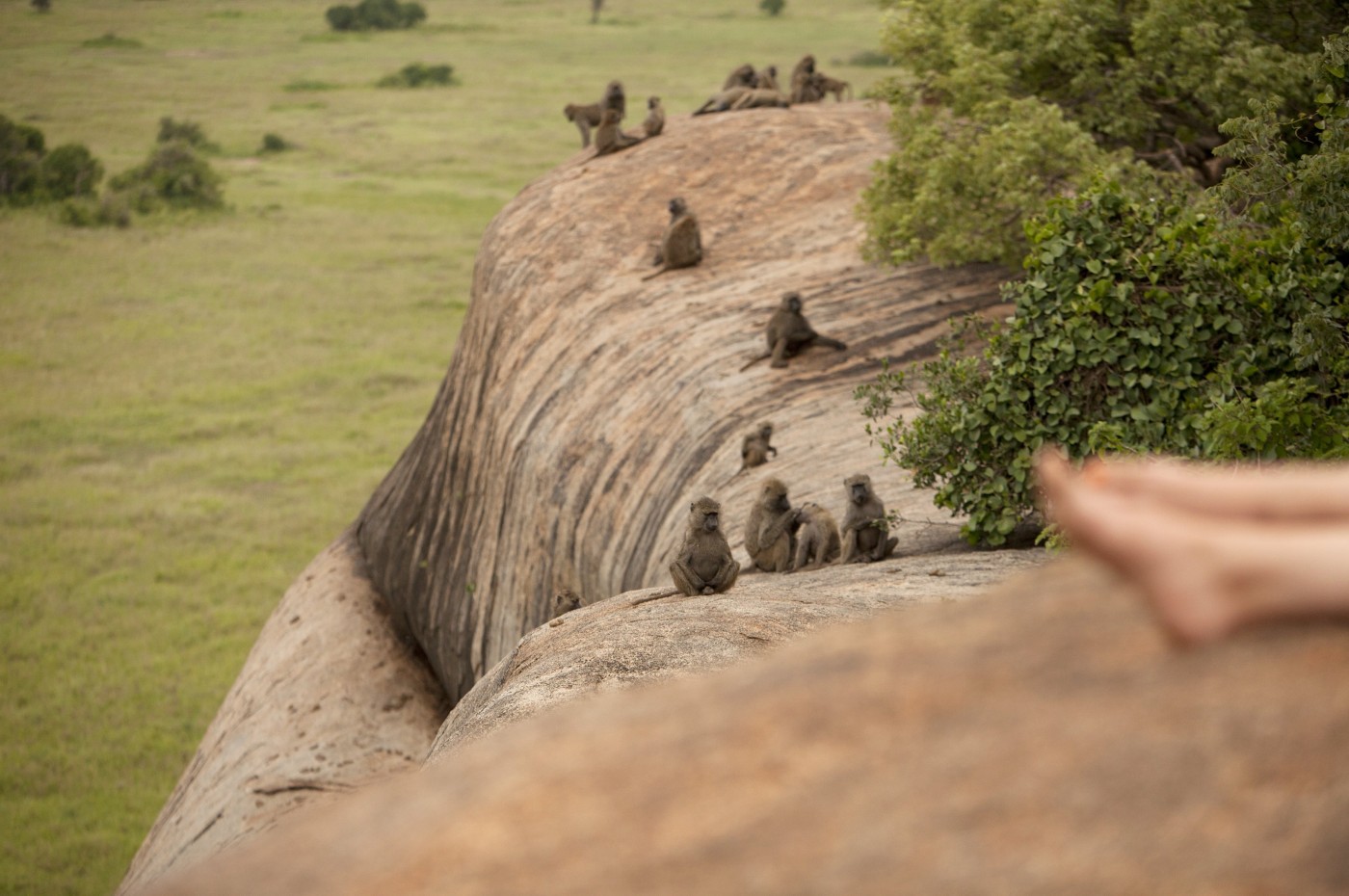
Wayo Walking Safari Camp, Serengeti
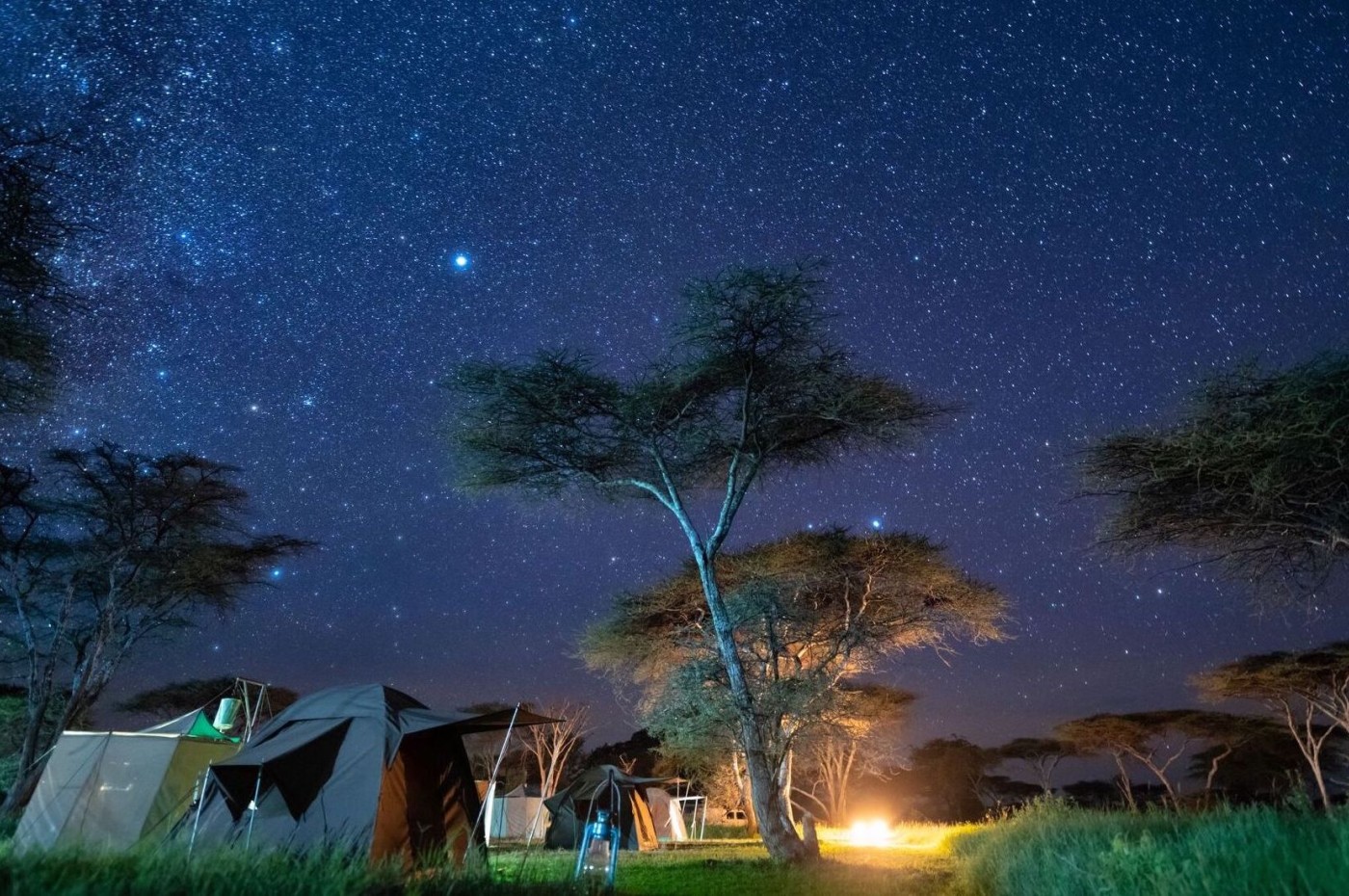
Wayo Walking Safari Camp, Serengeti
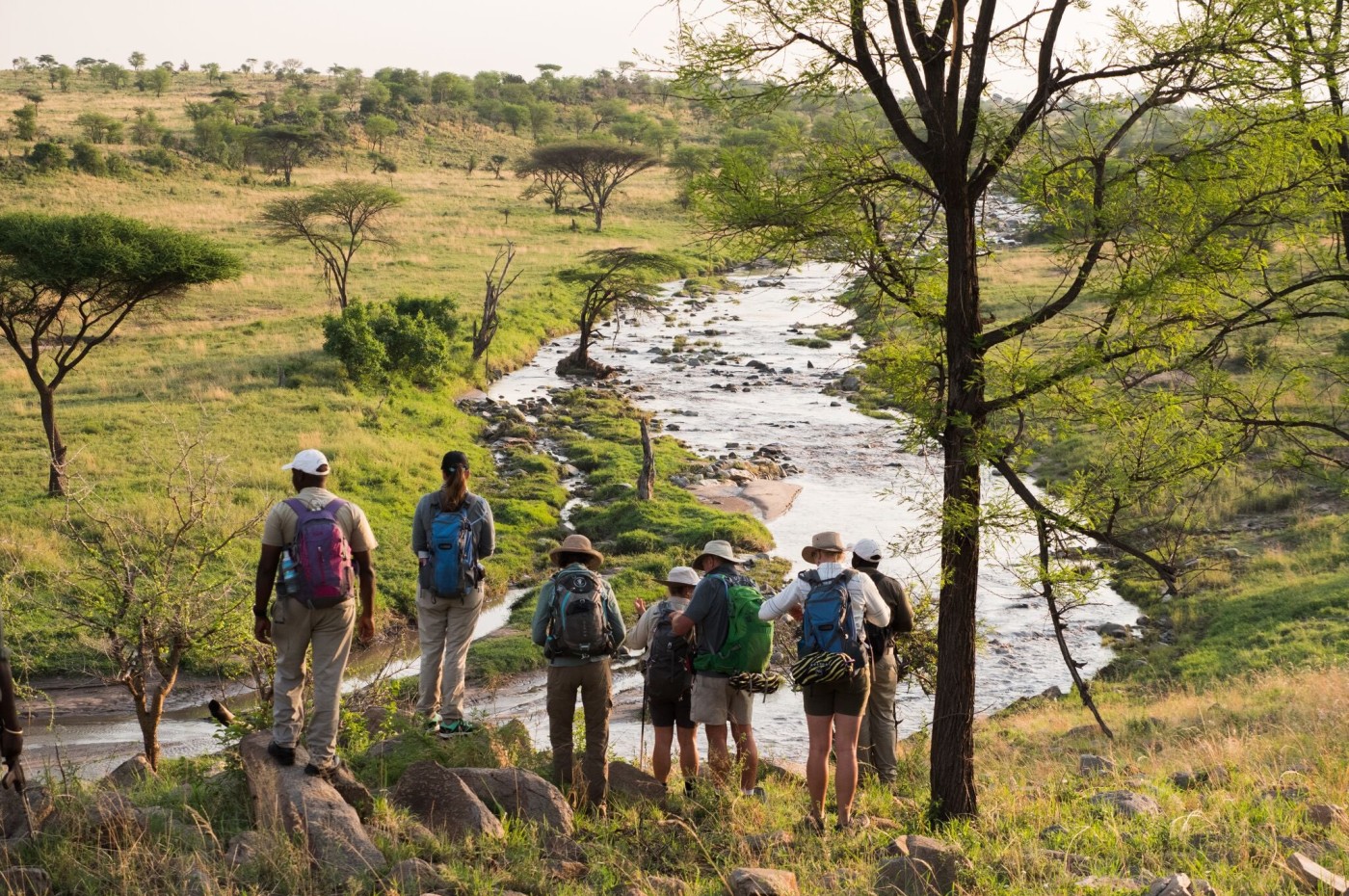
Wayo Walking Safari Camp, Serengeti
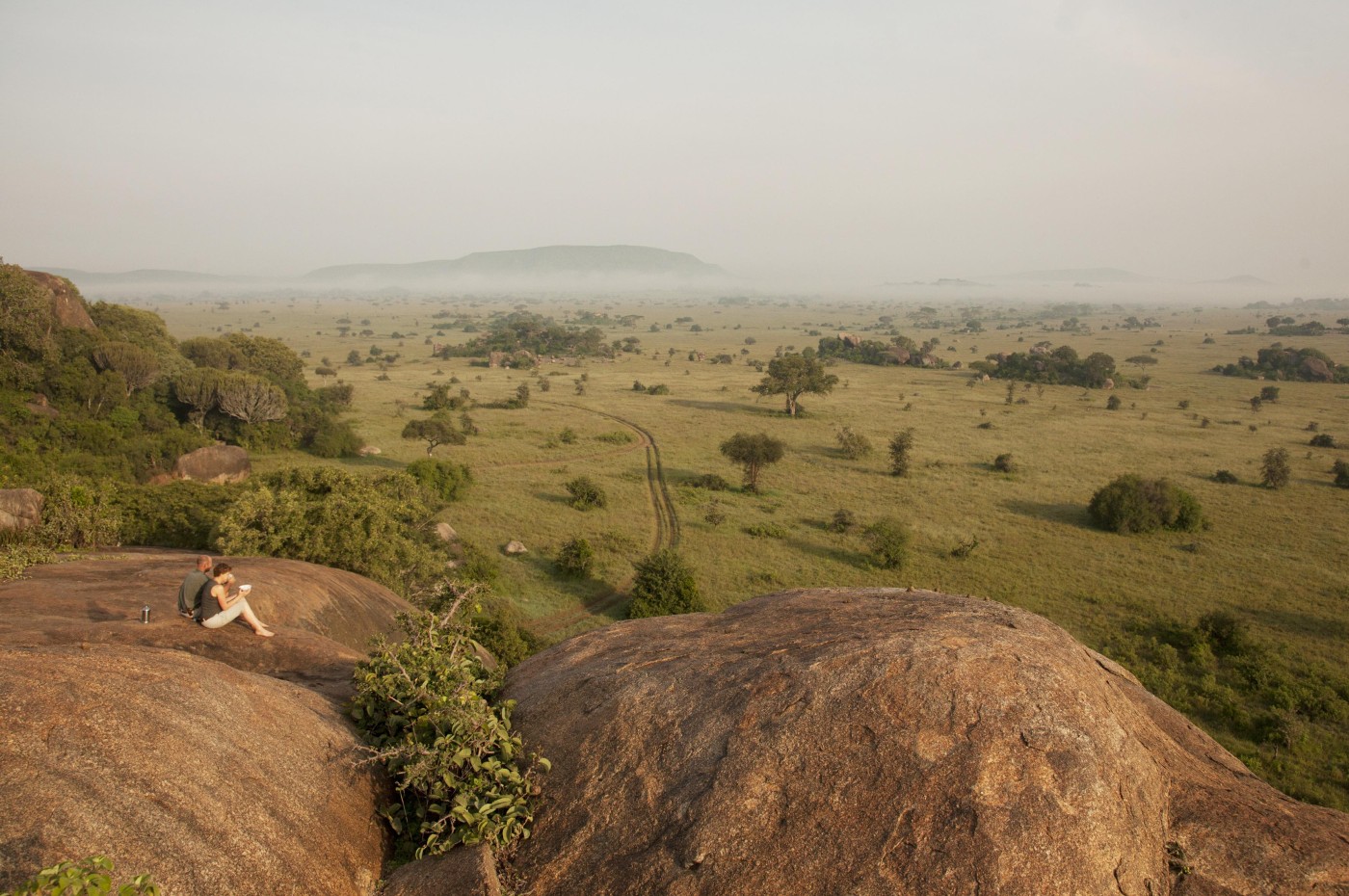
Wayo Walking Safari Camp, Serengeti
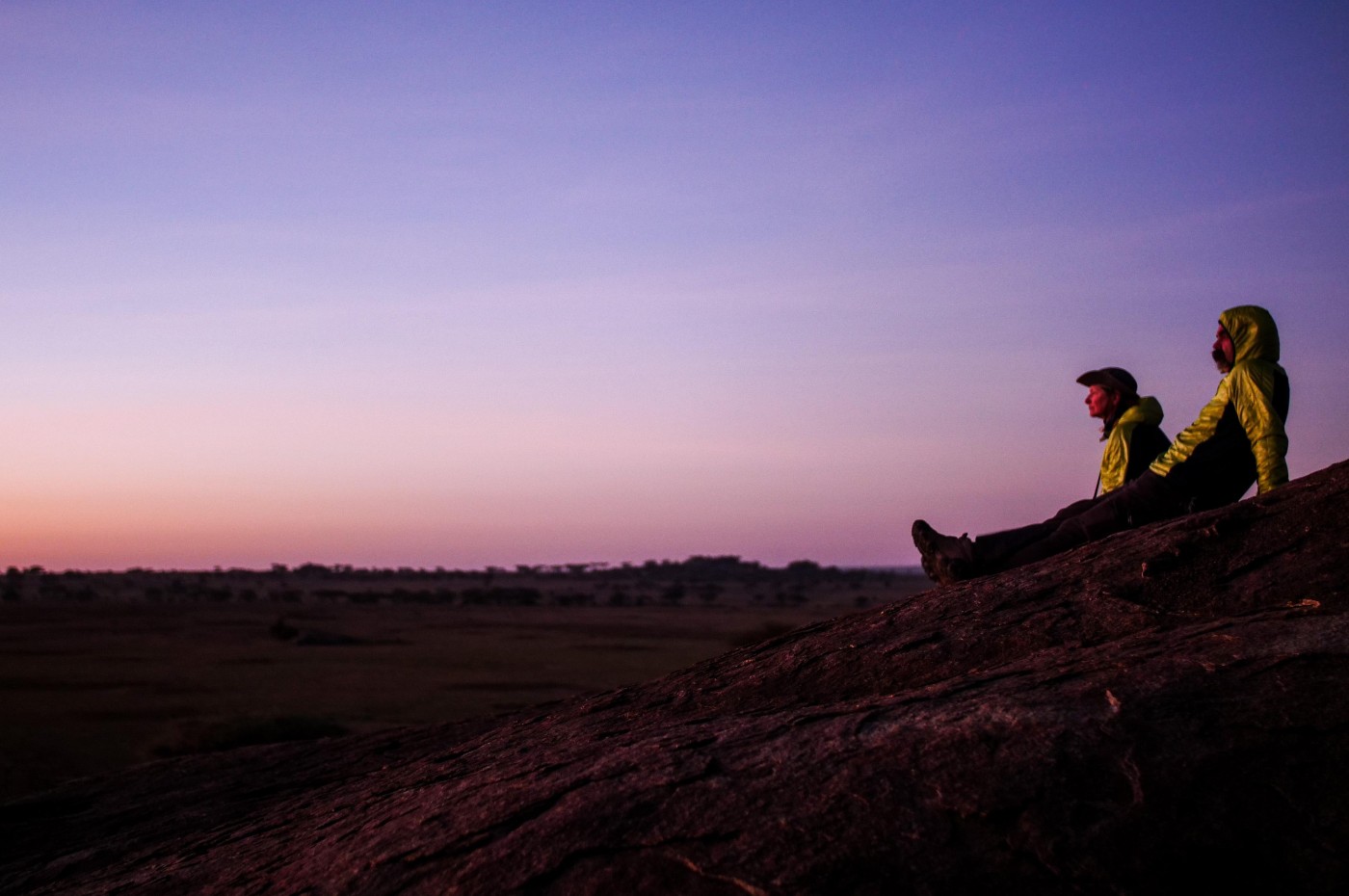
Wayo Walking Safari Camp, Serengeti
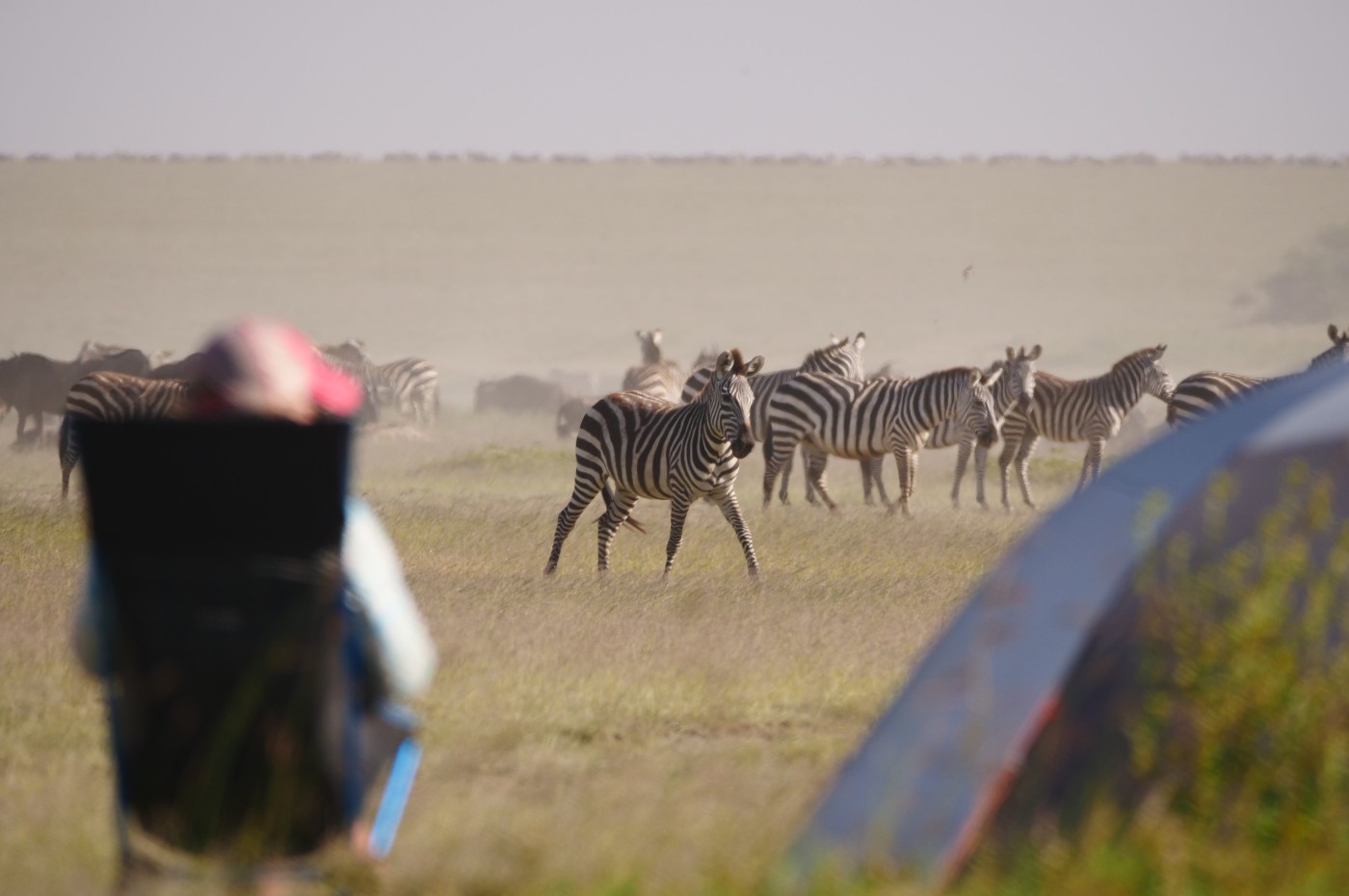
Wayo Walking Safari Camp, Serengeti
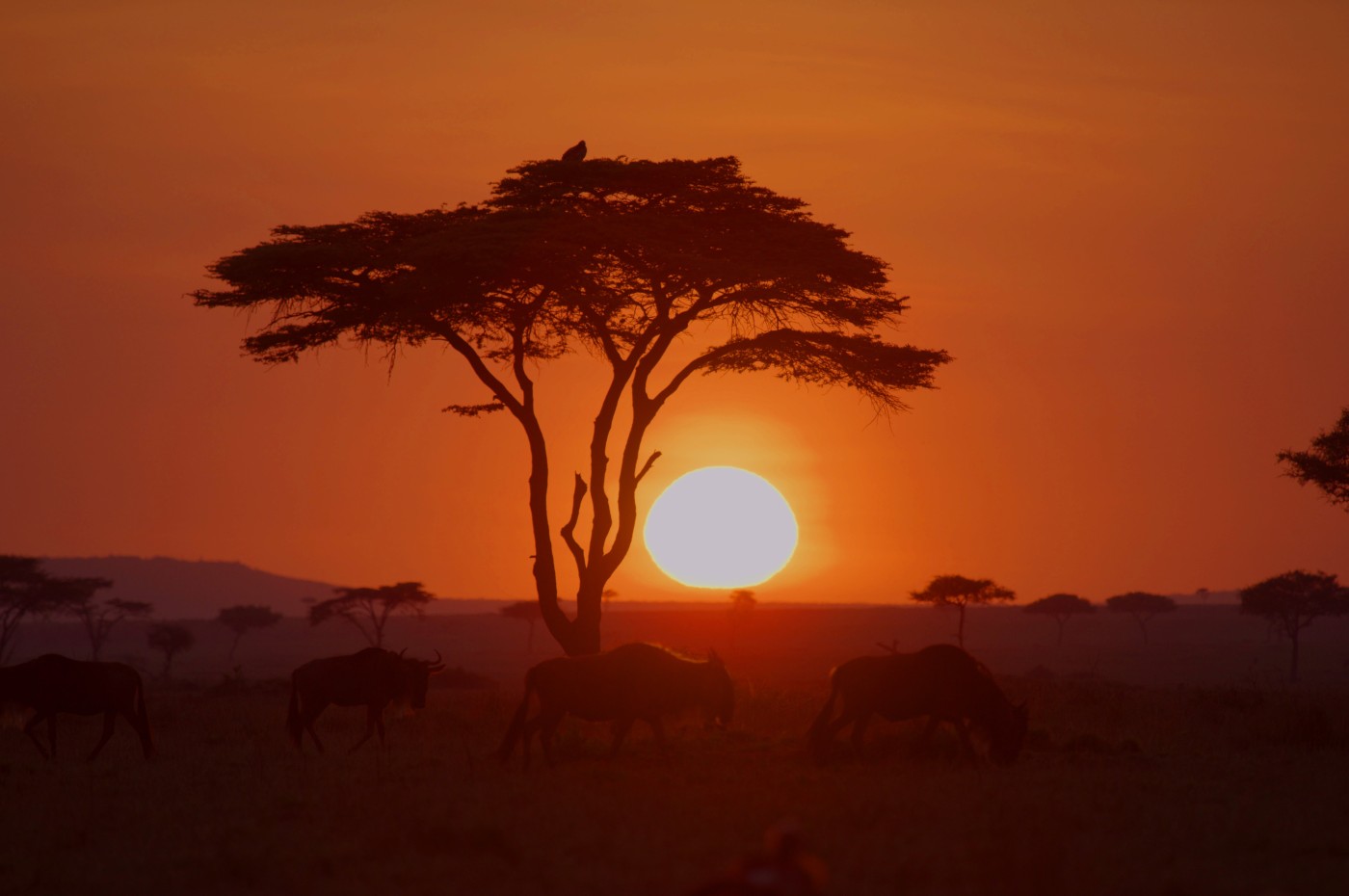
Serengeti Imax, Tanzania
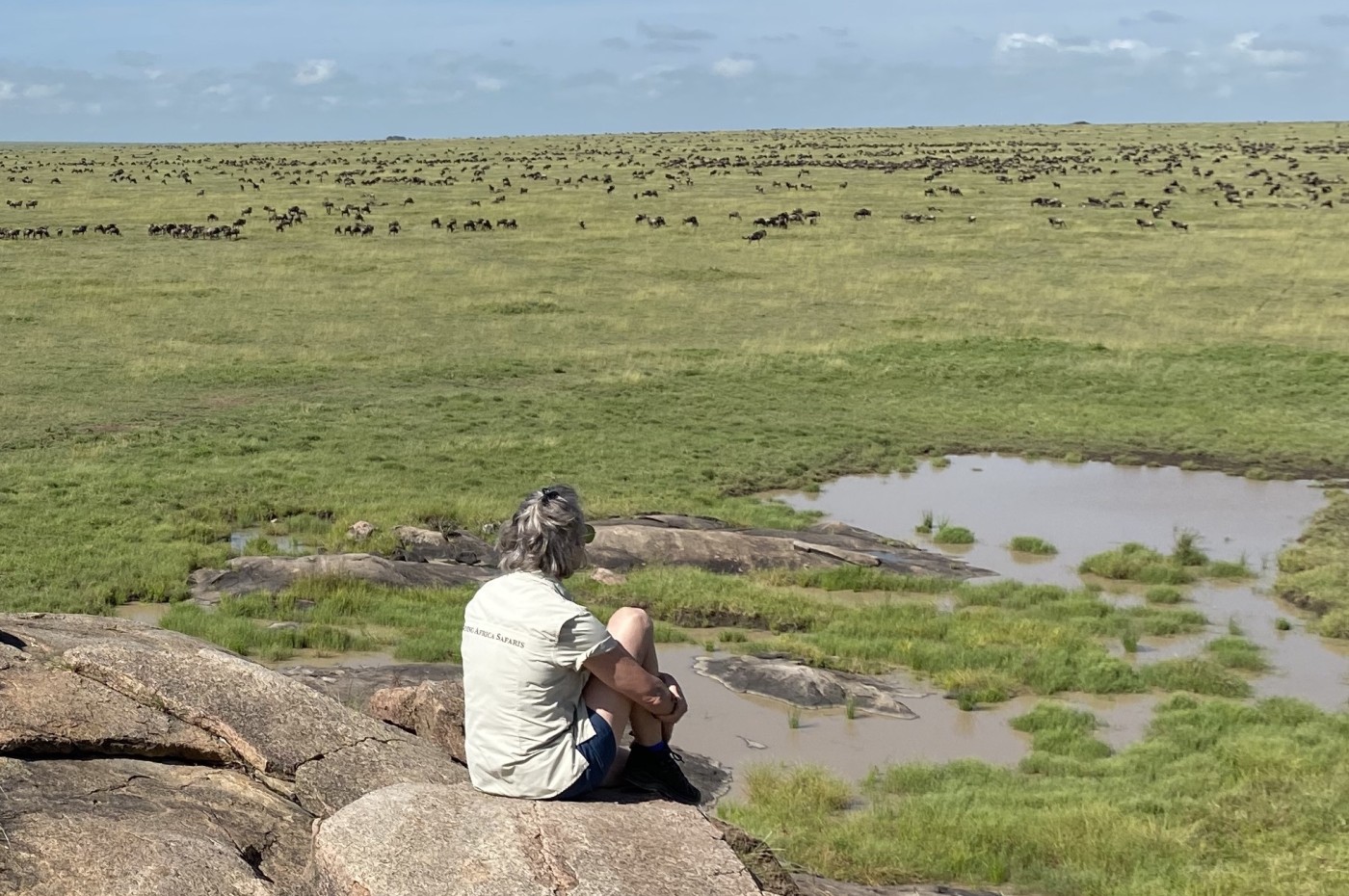
Wayo Walking Safari Camp, Serengeti
Just like the herbivore migration, there is a parallel human migration. These migrations take the form of mobile camps, staff, trucks, and tourists of all kinds. The best way to enjoy time with the animals is to ensure you have a Serengeti safari package that includes staying in one of these mobile camps. Imagine a glamping experience but on a much grander scale. These camps are massive and may take weeks to set up. They are highly mobile five-star hotels.
Accommodation rates for these Serengeti packages can range from $700 to $2,000 per person per night.
Now, let us delve into the actual movement of the herds.
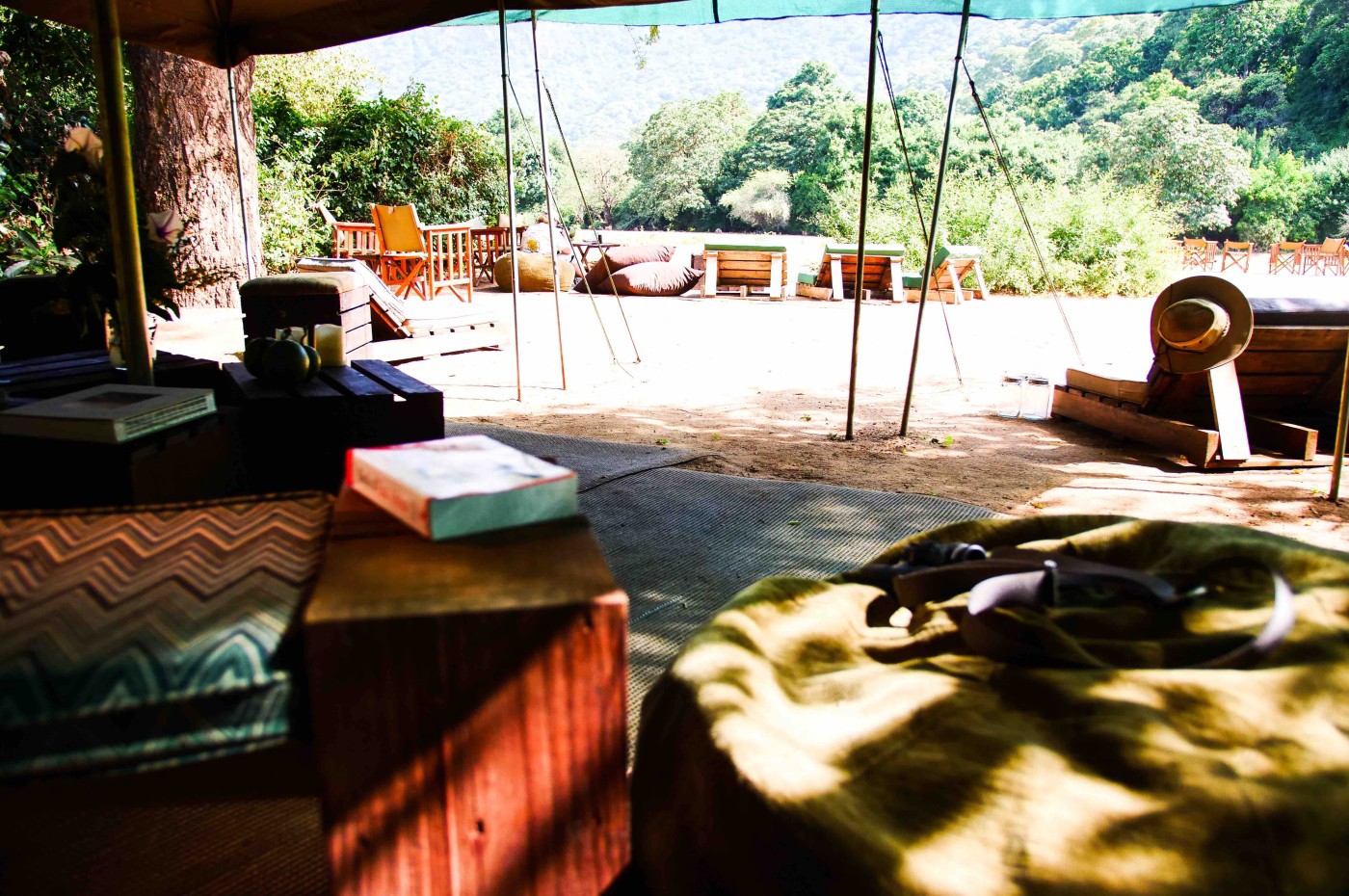
Wayo Serengeti Green Camp, Tanzania
Movement of the heards
The animals are constantly on the move, and a Serengeti package is available for every season.
One common question is, "Will I miss the migration?" The simple answer is that it is impossible because the animals never disappear; they are always there. You just need to choose a package that takes you to the right park area.
Your Serengeti packages can be divided into four different times of the year.
Seasons
Grassing in the winter months
From mid-December, the herds arrive on the Serengeti's short grass plains. These are the famous endless plains where the grasslands resemble vast oceans with no trees in sight. For most of the year, it is a semi-desert. However, add some water to this desert, and you have a sea of lush green grass. The wildebeest are attracted to this grass, which contains copper and zinc in the soil.
Zebras also enjoy abundant grazing but tend to stick closer to the much larger wildebeest herds. Survival on the Serengeti plains is a numbers game, and having more members in your group increases your chances of survival. This is especially true when you are smaller, slower, and less intelligent than a zebra.
Breeding in the early spring
The wildebeest will graze on these Serengeti plains for a few months, feeding and growing stronger. Around mid-February to the end of March, most females will give birth. A wildebeest calf is born in the middle of the plains, typically before 10 am. This timing allows the calf to get on its feet, which takes about 20 minutes after birth, and have enough time to run and keep up with the herd before nightfall when predators start hunting.
Around 250,000 calves are born in just a few months short, ensuring an abundant food supply for lions, hyenas, cheetahs, and leopards. However, when the animals migrate north, these predators face more significant challenges in finding food. Territorial predators are restricted to their home ranges, but being nomadic allows other animals to stay with the herds.
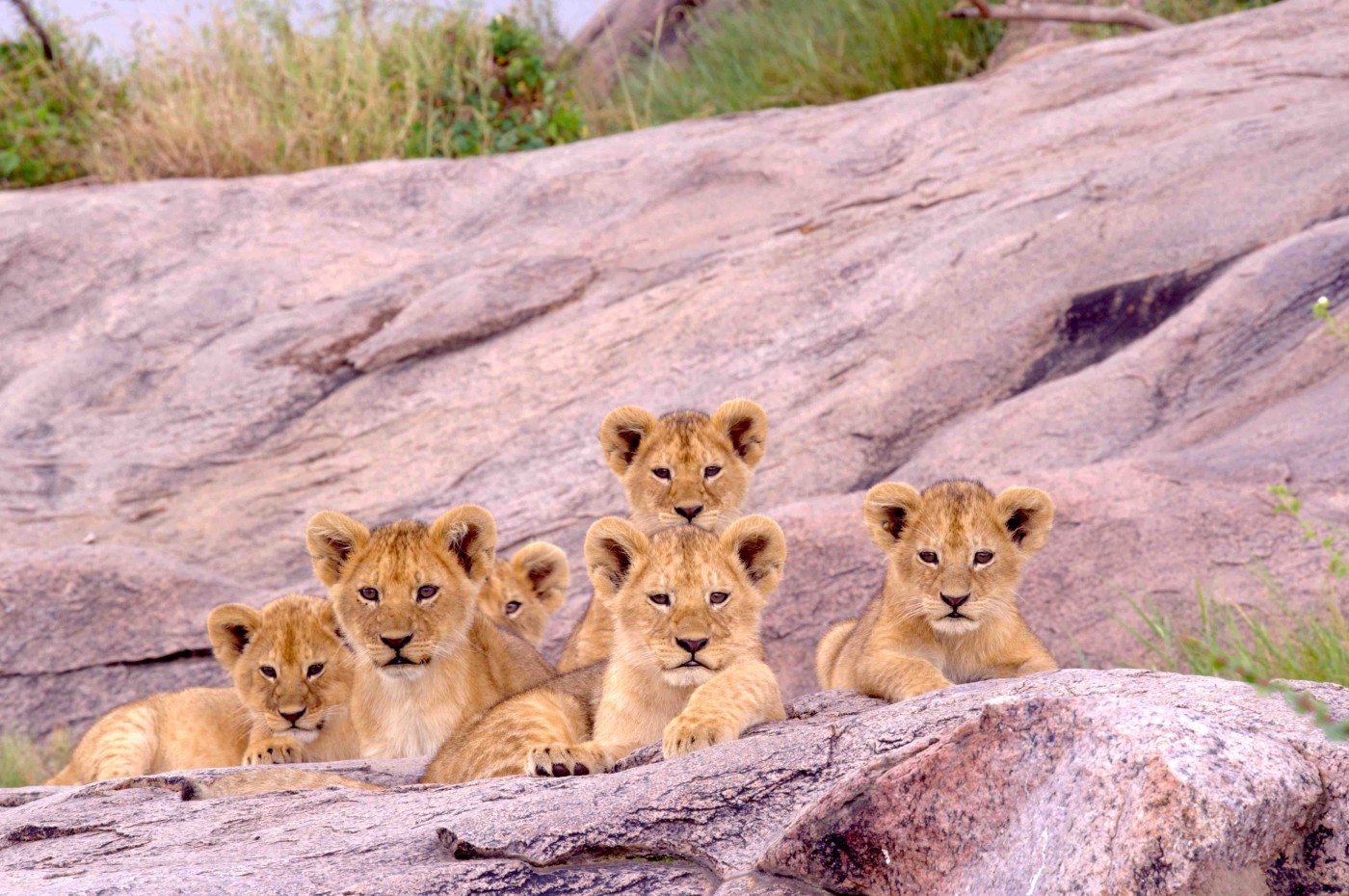
Serengeti Imax, Tanzania
Rainy season in the late spring
April and May mark the long rainy season. Due to the limited road network, the Serengeti short grass plains become quite muddy as they consist of fine volcanic ash. During this time, the herds tend to move into more wooded parts of the Southern Serengeti, located at the far end of the muddy plains. Serengeti packages during this period typically keep visitors closer to the main roads, with accommodations in more permanent lodges and camps.
Early summer and the herds are moving
By June, the rainy season ends, and the wildebeest begin moving toward the west and north. There is no specific rhyme or reason for the direction they choose to move north, but they generally follow a consistent path. The central Serengeti is an excellent location to position yourself during this time. Many mobile camps are set up in this area, and it is relatively easy to drive west to Grumeti or north to Lobo within a day if you are based in central Serengeti.
The June season is relatively short-lived as the animals are on the move at a fast pace. During this time of year, you'll witness the remarkable sight of massive columns of animals marching in a determined line, all heading in the same direction, clearly going somewhere!
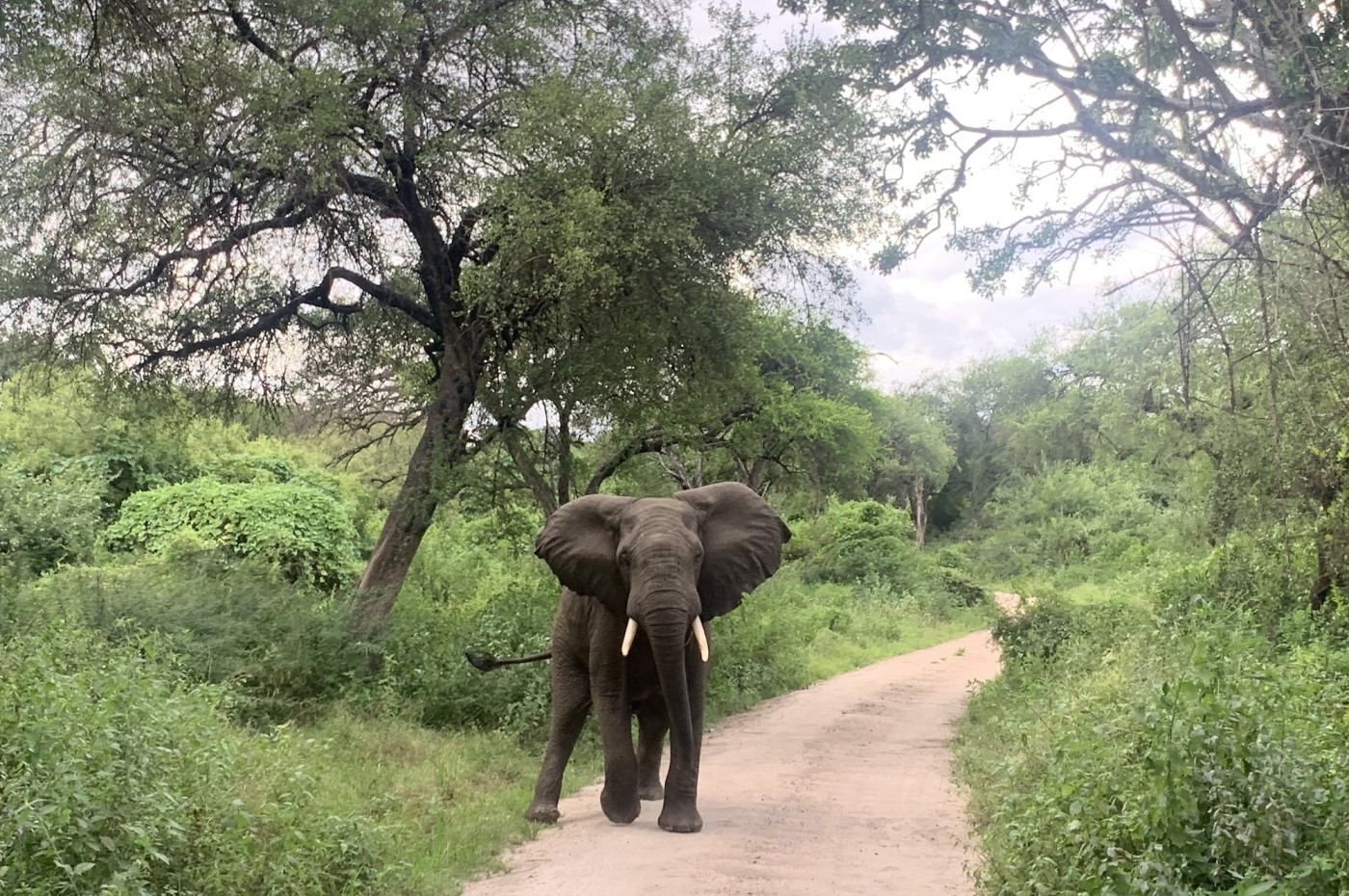
River crossings in late summer and during the falls
From July to November, the famous river crossing season takes place! Serengeti packages for this period will have you staying in the Northern Serengeti. Mobile camps are now positioned along or near the Mara River. The Ndutu madness has shifted to this area, so if you plan your package with Ndutu in mind, take great care to avoid ending up in a property surrounded by other camps.
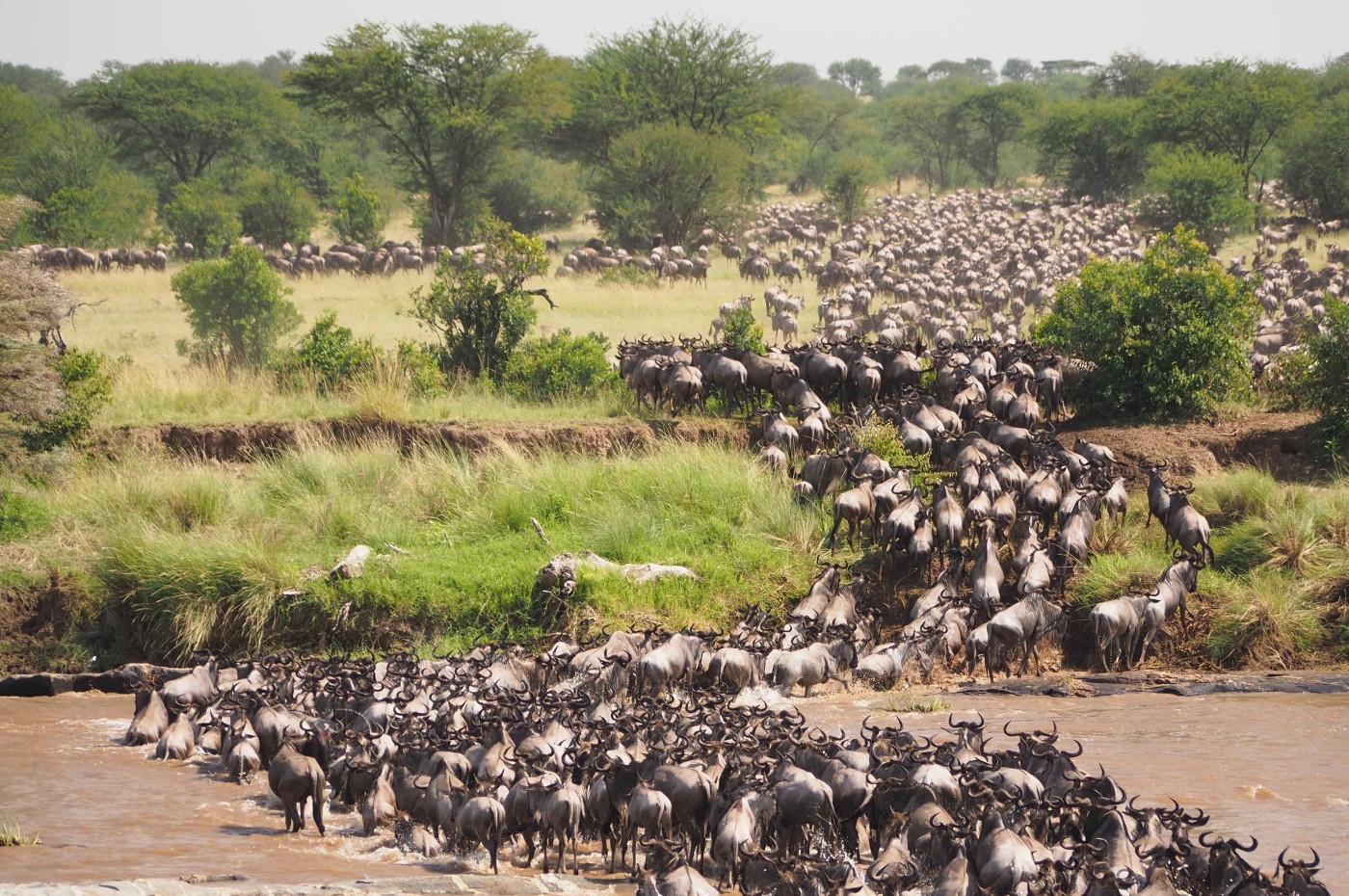
When is the best time to visit?
Well, there is no doubt that the wildlife activities going on in the early spring provides some of the most extraordinary wildlife viewing opportunities on the planet.
However, it is crucial to conduct thorough research and ask the right questions when planning a visit. It is well known that the core migration areas can become very crowded with camps and tourists. At Journeys Intent, we often avoid staying amidst the bustling centers. We prefer to book our guests in Naabi Hill, a wooded hill in the middle of the plains. With only three campsites on the hills, its remote location ensures decent privacy.
Journeys Intent, along with its sister company in Tanzania, is one of the few companies that organizes walking safaris within the Serengeti. The Southern Serengeti walking zone is also a protected rhino area, and we are the only company permitted to operate there. Our walking safaris can range from two to 14 days. The specific areas we visit vary depending on the time of year and the movement of the wildebeest. A multi-day walking safari could be ideal for those interested in more remote Serengeti packages. Walking camps and operations are smaller and lighter, making it easier to adjust the itinerary if necessary, such as exploring areas where the animals have recently left.
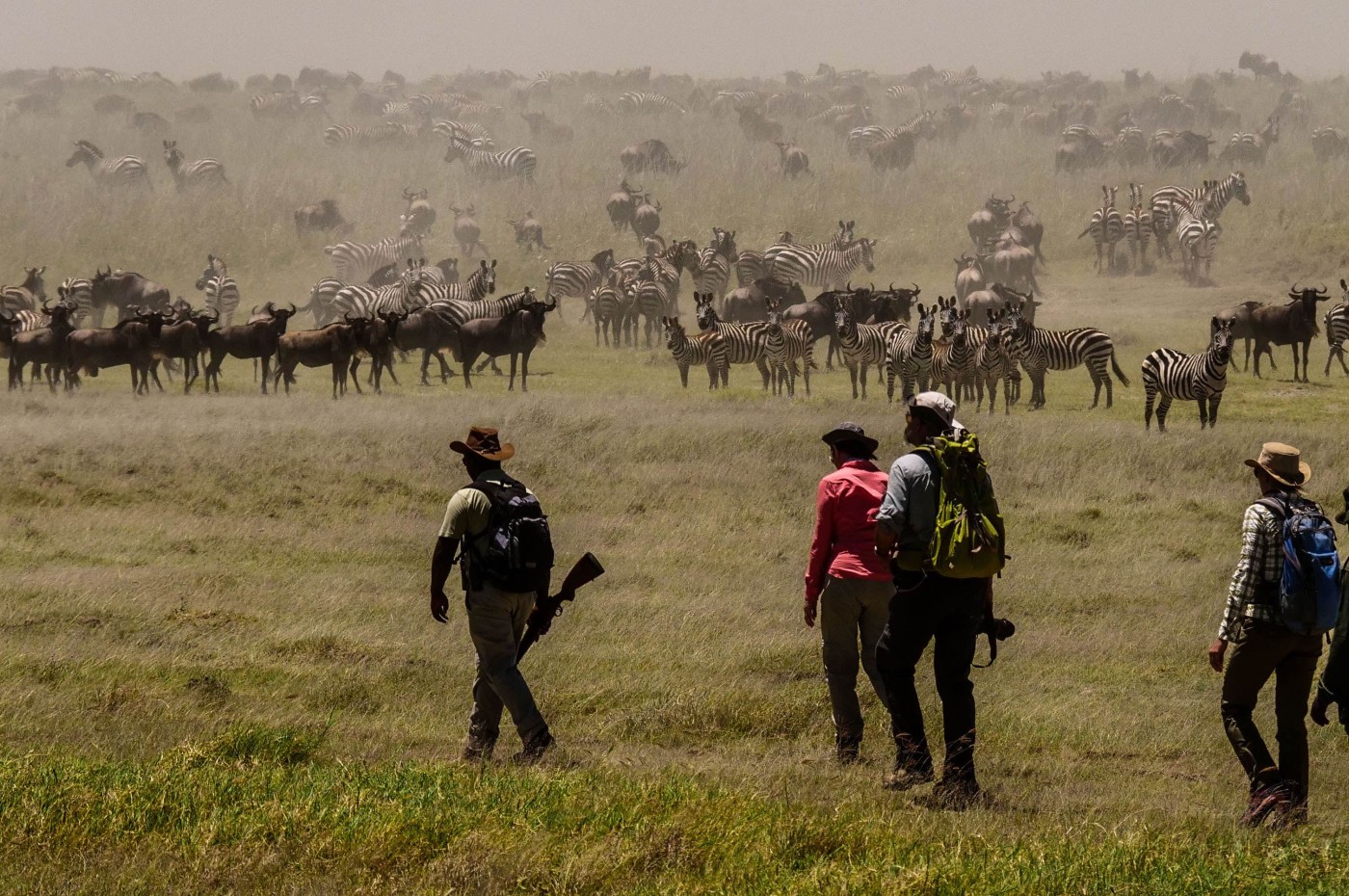
Wayo Walking Safari Camp, Serengeti, Tanzania